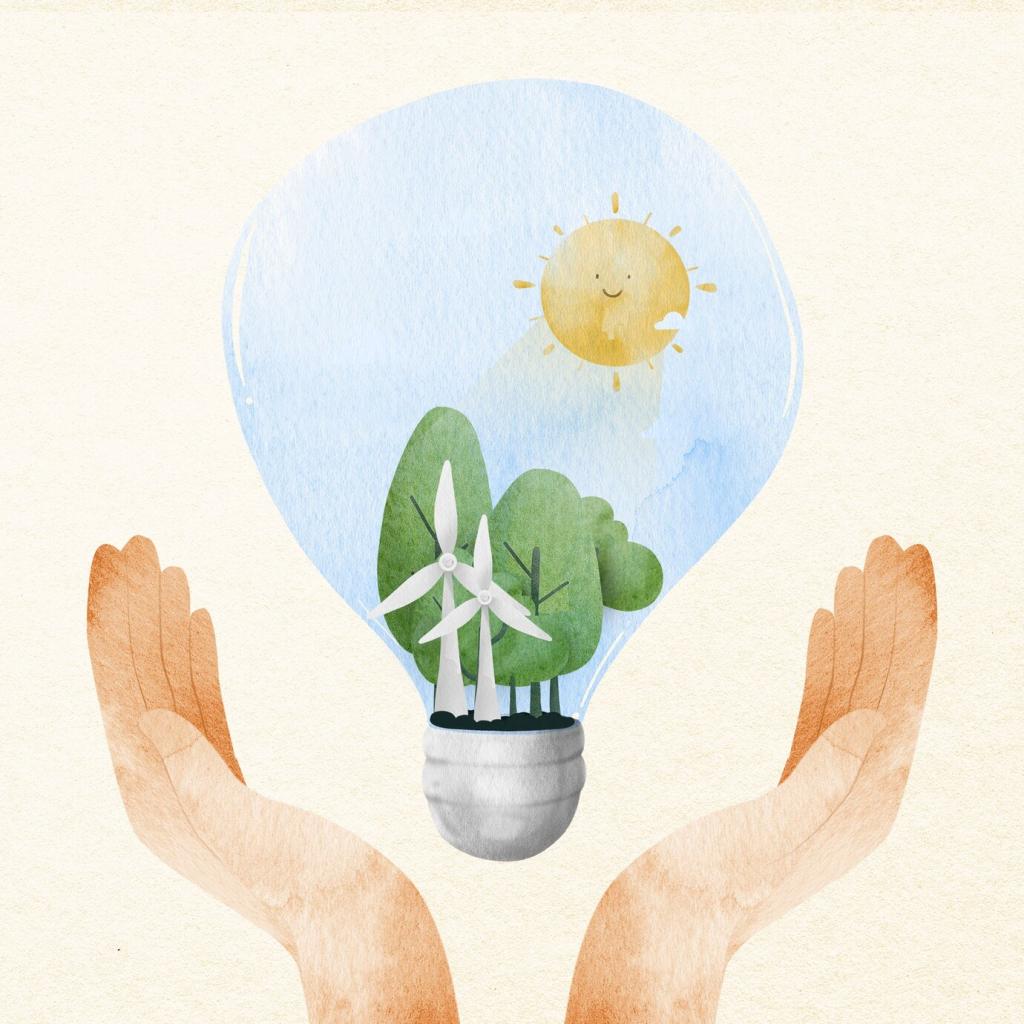
Integrating Renewable Energy Systems in Everyday Life
Embracing renewable energy in our daily routines has become more achievable than ever, enabling individuals and communities to reduce their carbon footprint while enjoying cleaner, more sustainable lifestyles. This integration not only benefits the environment but also supports economic savings and energy independence. By understanding and adopting renewable energy systems at home, at work, and in our transportation choices, we contribute to a resilient and greener future.
Previous
Next
Understanding Renewable Energy in the Modern World
Transitioning to renewable energy is not just a trend—it is a necessity for the health of our planet and future generations. Traditional energy sources, predominantly fossil fuels, are finite and contribute significantly to global warming, air pollution, and health hazards. By switching to wind, solar, or other renewables, we lessen our reliance on depletable resources and promote cleaner air, water, and soil. This transition also supports global efforts to achieve decarbonization, ensuring that we move towards a low-carbon economy capable of sustaining both human society and the ecosystems upon which we depend.
Integrating Renewables in the Home
Solar Power for Residential Use
Harnessing solar energy at home typically involves rooftop photovoltaic panels or solar water heaters. These systems capture sunlight and convert it directly into usable energy, often generating enough electricity to meet the majority of a household’s needs. Advances in battery storage have made it possible to store excess energy generated during the day for use at night or during cloudy weather. Over time, the savings on utility bills can be significant, and many regions offer incentives or net metering programs that further increase financial benefits. Solar installations, when appropriately sized and maintained, can provide a reliable and sustainable energy source with minimal disruption to daily living.
Smart Home Energy Management
Modern smart home technologies integrate seamlessly with renewable energy systems, allowing for optimized usage and increased efficiency. Devices such as programmable thermostats, energy monitoring systems, and automated lighting can be synchronized with solar or wind energy production, ensuring that renewable-generated power is used judiciously when it is most available. These advancements empower homeowners to make informed decisions about energy consumption, reduce waste, and maximize the return on investment from renewable installations. The result is a household that not only uses less energy but uses it more intelligently, aligning consumption patterns with times of peak renewable generation.
Energy Storage Solutions
The intermittent nature of some renewable sources, such as solar and wind, makes energy storage an essential element of effective home integration. Technologies like lithium-ion and home-scale flow batteries capture surplus electricity and release it when needed, ensuring that households remain powered even when the sun isn’t shining or the wind isn’t blowing. Coupled with efficient energy management systems, storage solutions enhance grid independence, provide backup during outages, and contribute to overall energy resilience. As battery costs continue to decline, more families can leverage storage technology to maximize the benefits of their renewable energy systems.
Renewable Energy in Community Infrastructure
Shared Solar and Wind Projects
Community-based renewable projects allow multiple households or organizations to invest in and benefit from a single, larger-scale solar or wind installation. Participants receive credits or reduced rates on their energy bills proportionate to their share of the project, democratizing access to clean energy even for those who cannot install systems directly on their property. These projects increase participation, spread costs, and make renewable energy more accessible to renters, apartment dwellers, or those on limited incomes. They also strengthen neighborhood ties by fostering a sense of shared ownership and collective responsibility for the environment.

